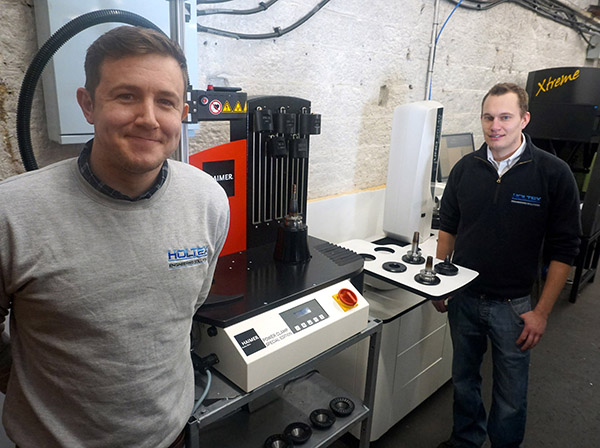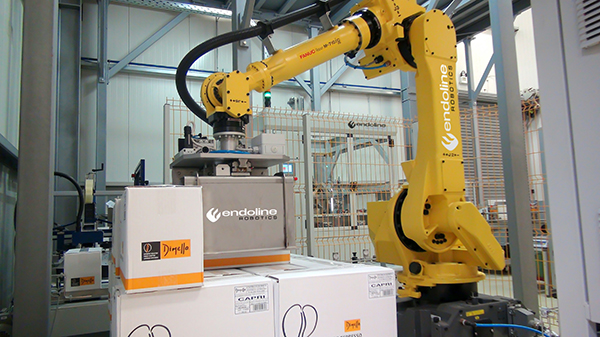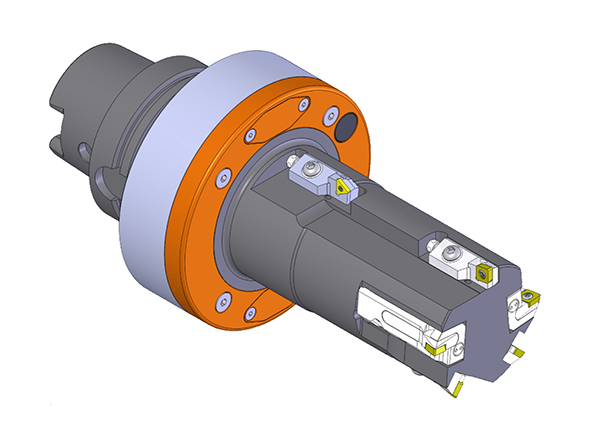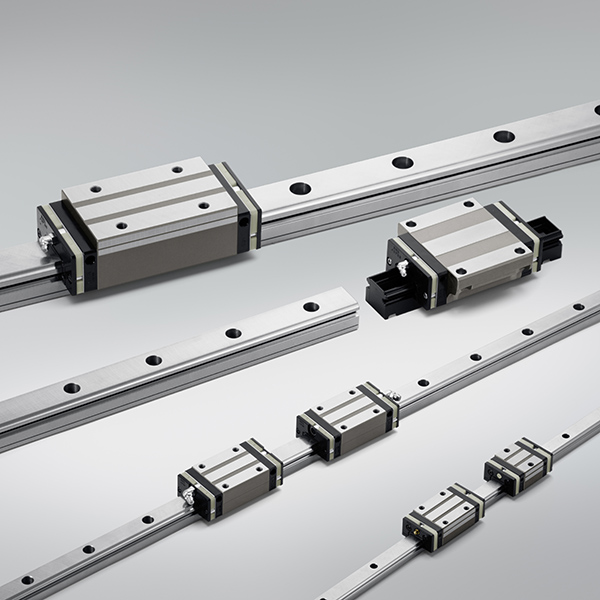Founded in the summer of 2014, Holtex Engineering Solutions provides prototype and small quantity production parts. Utilising the latest technology, the Holmfirth-based company aims to be a one-stop supplier.

“We’ve grown gradually since we formed the business and now have 10 employees,” says Ben Robinson from Holtex. “We have an ethos of investing in new technology and this includes some of the latest multi-axis turning machines, as well as three- and five-axis mills. This technology is supported by high-quality tooling that is complemented by the Haimer Power Clamp special edition heat-shrink system for the milling section, and the Haimer UNO20/40 Microset tool pre-setter for the turning department.
“The reason we invested in Haimer is because a lot of the jobs we do are relatively high precision and we’re using quite delicate tooling at times,” continues Robinson. “Additionally, the machinery we have is only as good as the tooling we use, and the more accurate our tooling, the better off we are from the start.”
As a further point, a lot of the smaller and more delicate tooling used at Holtex means the company is producing profiles that are not possible to measure with normal methods – CMM technology would be required. However, with the Haimer system, Holtex can accurately set diameters and check the run-out of tooling, which means that the company can check the part before it goes to the inspection department.
“Now we’re setting tools off the machine and for longer run jobs,” says Robinson. “We’re also setting the next tool while existing tools are running on the machine, which reduces downtime. In addition, the tooling is lasting considerably longer as it’s running at much-improved accuracy and run-out. The system is very easy to use; with 10 minutes of training anyone can use Haimer solutions.”
For further information www.haimer.biz























